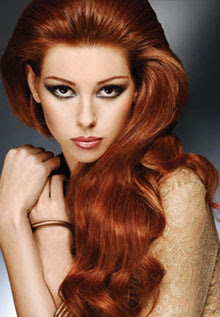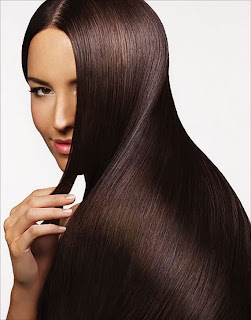
Herbal Hair Tonic is a complete unique herbal formula for treatment of hair loss. With no side effects. No need hair transplantation.Natural ingredients with no harsh irritating agents. Easy treatment with no necessary supplements. Hair nurtures all over the place on the human body apart from on the palms of our hands and the soles of our feet. There is a variety of hair types many of hairs are so fine they are practically invisible. Hair is in point of fact made up of a protein also known as keratin the same protein which is present in nails as well. This protein is produced in hair follicles in the external coating of skin. While follicles produce new hair cells; old cells are being pressed out from side to side towards the exterior side of the skin at the tempo of about six inches per year. The hair you can see with your naked eye is in reality a filament of deceased keratin cells. Studies shed light on the fact that the standard adult head has about 100,000 to 150,000 hairs and loses up to 100 of them a day. If you are experiencing few hair in your hair brush after combing you don t need to get mystified because hair experts state it is not necessarily a cause for alarm.
When undergoing the hair development process a filament of hair goes all the way through three different life cycles which are:
Anagen which involves active hair growth. This phase of hair life cycle lasts for about two to six years.
Catagen is a transitional phase which lasts for approximately two to three weeks.
Telogen is the last and the resting phase. At the end of the latent phase which stays for two to three months, the hair is drop, a new hair restores it and the growing cycle starts again from antigen phase.
Studies affirm that baldness is the situation of lacking hair where it usually would grow, especially on the head. The most common form of baldness is a progressive hair-thinning condition that occurs in adult humans and other primate species.
The severity and nature of baldness can vary to a great extent, typically it ranges from male and female pattern alopecia Areata, which involves the loss of some of the hair from the head, and alopecia totalis, which involves the loss of all head hair, to the most tremendous form, alopecia universals, which involves the loss of all hair from the head and the body. The emotional effects for individuals experiencing hair loss diverge widely. Some people become accustomed to the change contentedly, whilst others have harsh problems connecting to anxiety, depression, social phobia, and in some cases, identity change.
Scientific research states that the normal cycle of hair growth lasts for 2 to 6 years. Each hair grows just about 1 centimeter per month during this segment. Nearly 90 percent of the hair on the scalp is growing at any one time. Meanwhile the remaining 10% are is in a resting phase. After 2 to 3 months, the resting hair falls out and new hair starts to grow in its lay. It is quite normal to discard some hair each day as part of this cycle. Nevertheless, some people may also face relatively unnecessary hair loss. Hair loss of this type can affect any gender principally men, women and children.
We are so confident that our herbal hair tonic is most effective hair loss treatments for all types of hair loss.
There is always a cure for almost every disease that exists in today s century. We also provide you the best herbal hair tonic which in point of fact helps you regain your hair with all that shine and smoothness you have always urged for. It also prevents future hair loss which is one potential feature of the all-natural medication we provide. If you are suffering from constant hair loss then you should undeniably need to go for our product because we value your money. We offer money back guarantee if in case you don t experience any confirmatory results.
Pakistan +92 0300 4341851
Unites states +1646 6520736



















.jpg)































